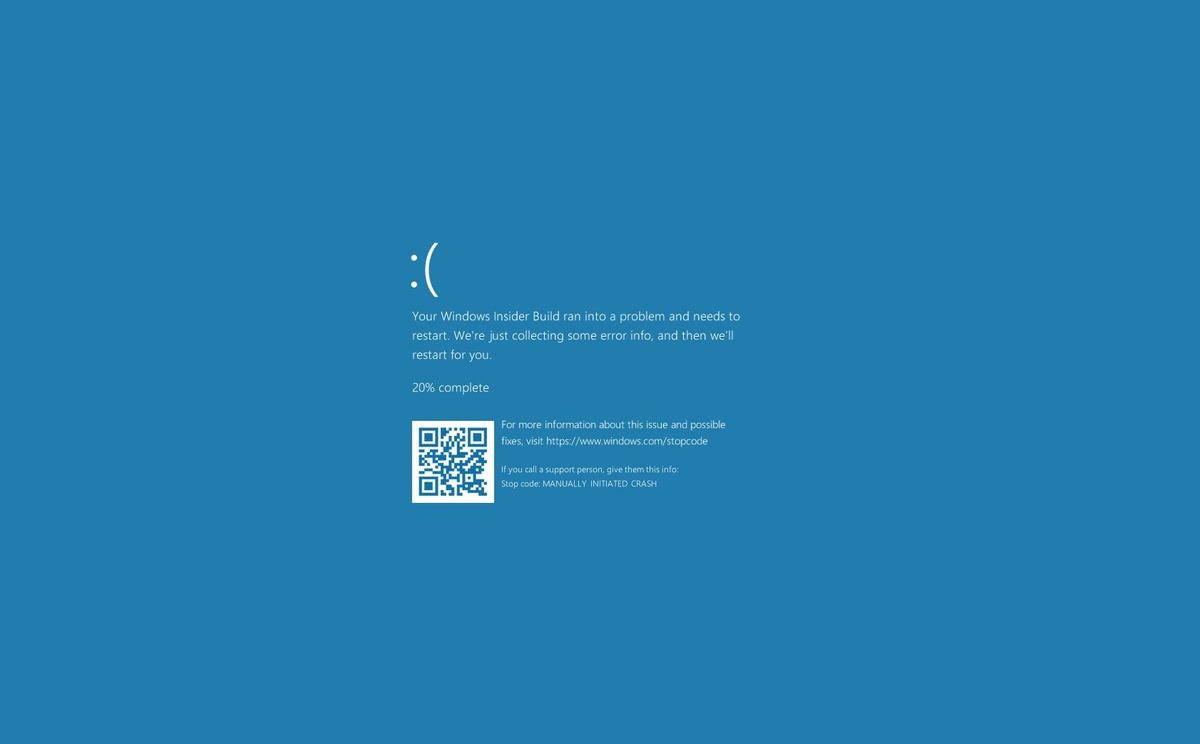In an unconventional approach to software reliability, a Microsoft veteran has recently shed light on leveraging the infamous Blue Screen of Death (BSOD) as a catalyst for improving testing methodologies in software development.
Key Highlights:
- Microsoft veteran proposes utilizing BSOD scenarios to refine testing processes.
- Advocates for the integration of fail-fast mechanisms to detect vulnerabilities early.
- Emphasizes the importance of comprehensive testing environments that mimic real-world user conditions.
- Suggests leveraging machine learning to predict and prevent potential system crashes.
- Calls for a cultural shift in how software errors are perceived and addressed within the development lifecycle.
In the realm of software development, the Blue Screen of Death has long been synonymous with system failures and software malfunctions, primarily within Microsoft Windows environments. However, a seasoned Microsoft expert suggests that this notorious symbol of system crash can actually serve as a powerful tool in the quest for software excellence.
Revolutionizing Testing with BSOD Insights
The Microsoft veteran proposes a paradigm shift in how developers and testers view system crashes. Instead of perceiving the blue screen as a mere indication of failure, it should be seen as a valuable source of insight into system vulnerabilities and performance issues. By thoroughly analyzing the conditions leading to a BSOD, developers can enhance their testing strategies, focusing on identifying and addressing the root causes of critical failures before they impact end users.
Strategic Integration of Fail-Fast Mechanisms
One of the key strategies highlighted involves the integration of fail-fast mechanisms within the development process. By intentionally pushing systems to their limits under controlled testing environments, developers can trigger blue screen scenarios under various conditions, allowing them to pinpoint and rectify vulnerabilities at an early stage. This approach not only improves the robustness of software but also reduces the time and resources spent on troubleshooting and fixing issues post-deployment.
The Role of Machine Learning in Predictive Testing
Advancements in artificial intelligence and machine learning offer unprecedented opportunities for predictive testing. The veteran advocates for harnessing these technologies to analyze patterns from past BSOD occurrences, enabling the prediction of potential system crashes before they happen. By integrating predictive analytics into the testing phase, developers can proactively address issues, further bolstering software reliability and user experience.
Cultural Shift in Addressing Software Errors
A significant part of the veteran’s message revolves around the need for a cultural shift within the software development community. Embracing failures as opportunities for learning and growth is crucial. The blue screen, in this context, becomes a catalyst for continuous improvement, encouraging a more resilient and forward-thinking approach to software design and testing.
Opinion: A Blue Screen for a Brighter Future
The Microsoft veteran’s unconventional stance on leveraging the Blue Screen of Death as a tool for enhancing software testing represents a bold reimagining of traditional development practices. By embracing failures as stepping stones to success, the tech community can pave the way for more reliable, user-centric software solutions. This approach, grounded in innovation and resilience, underscores the importance of adaptability and continuous learning in the ever-evolving landscape of technology.







